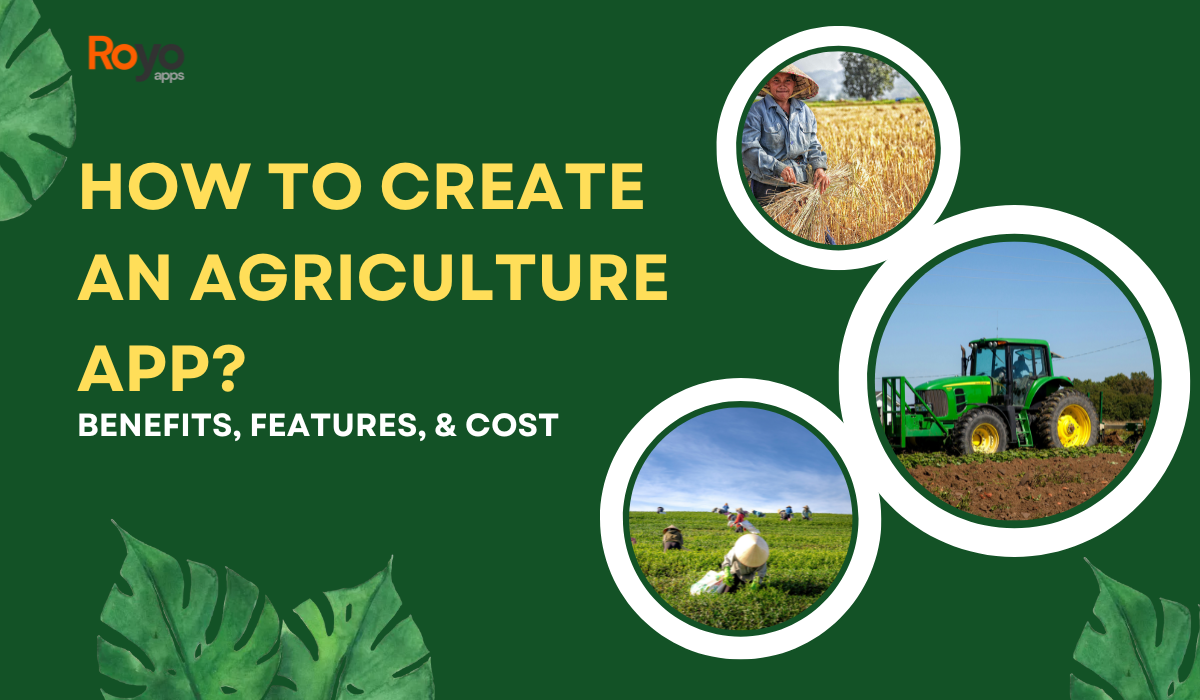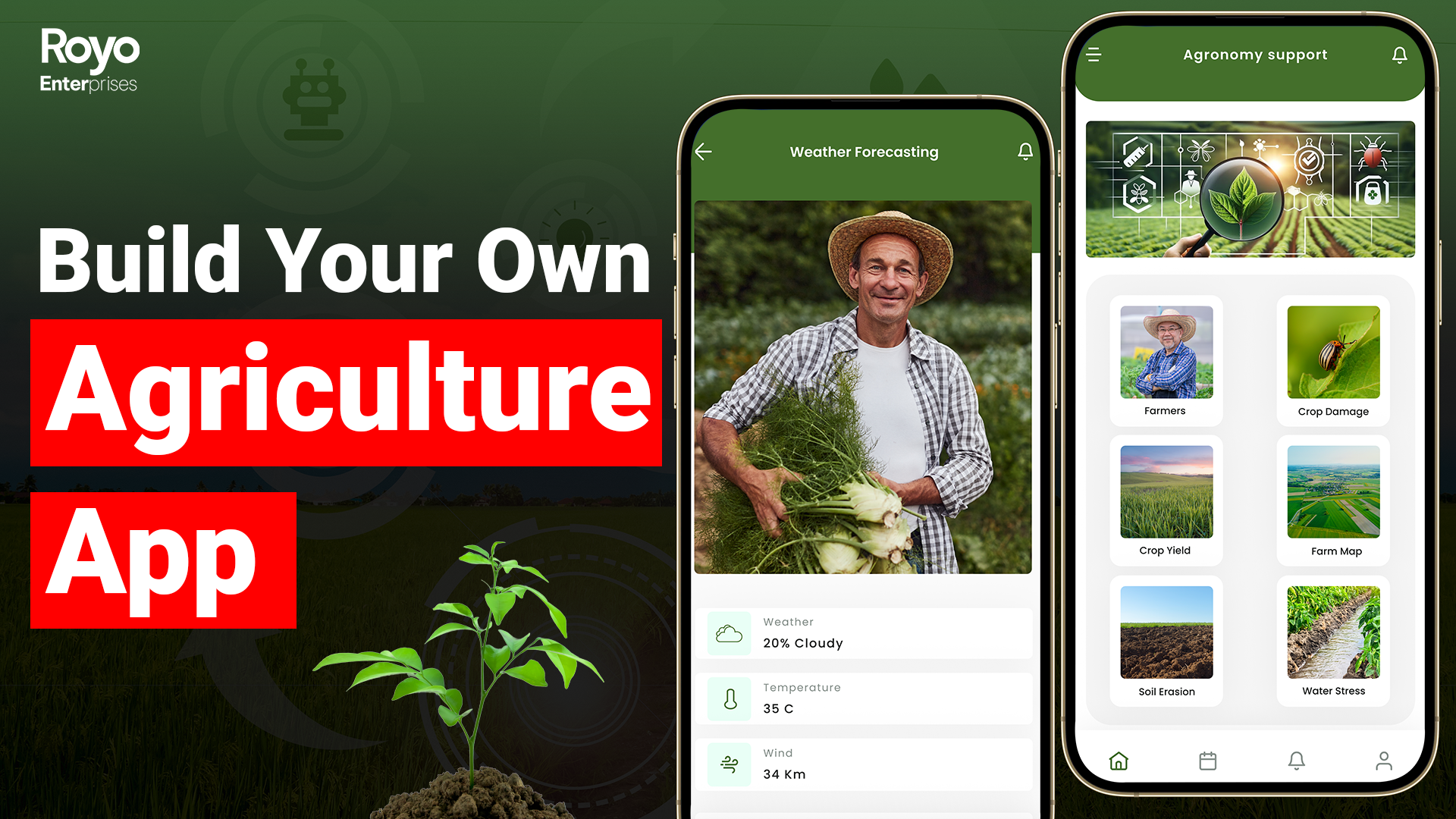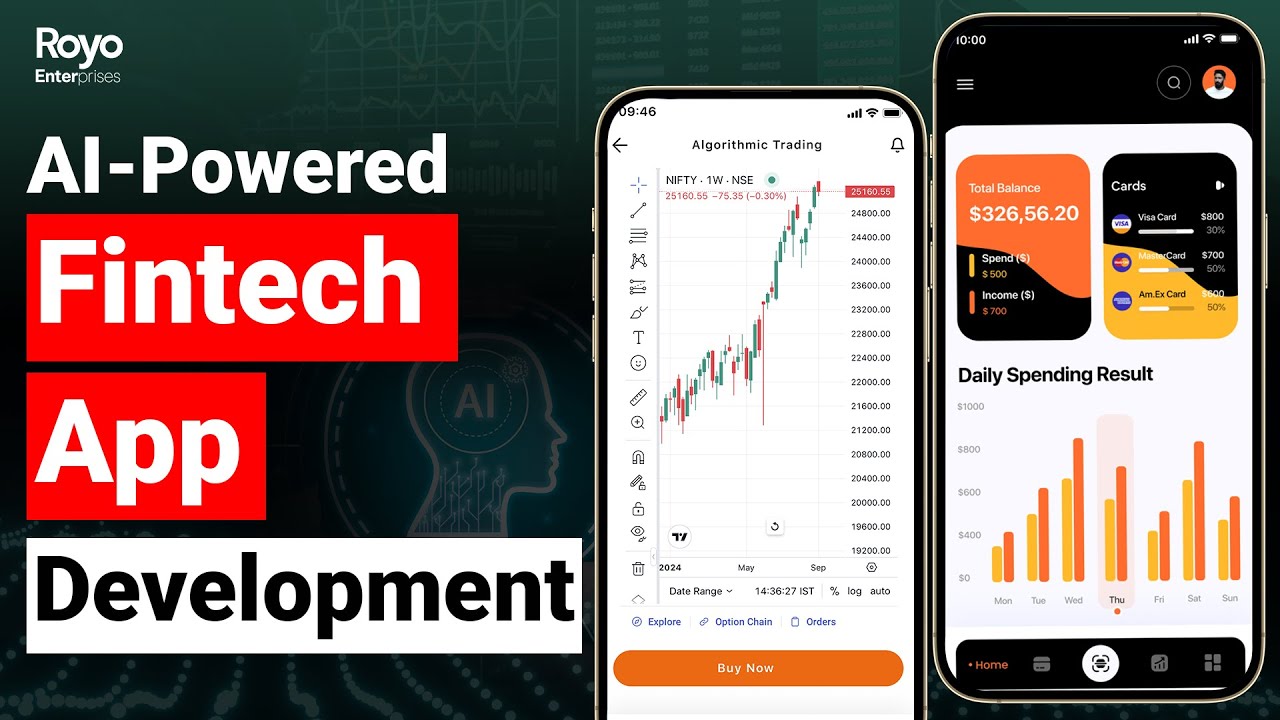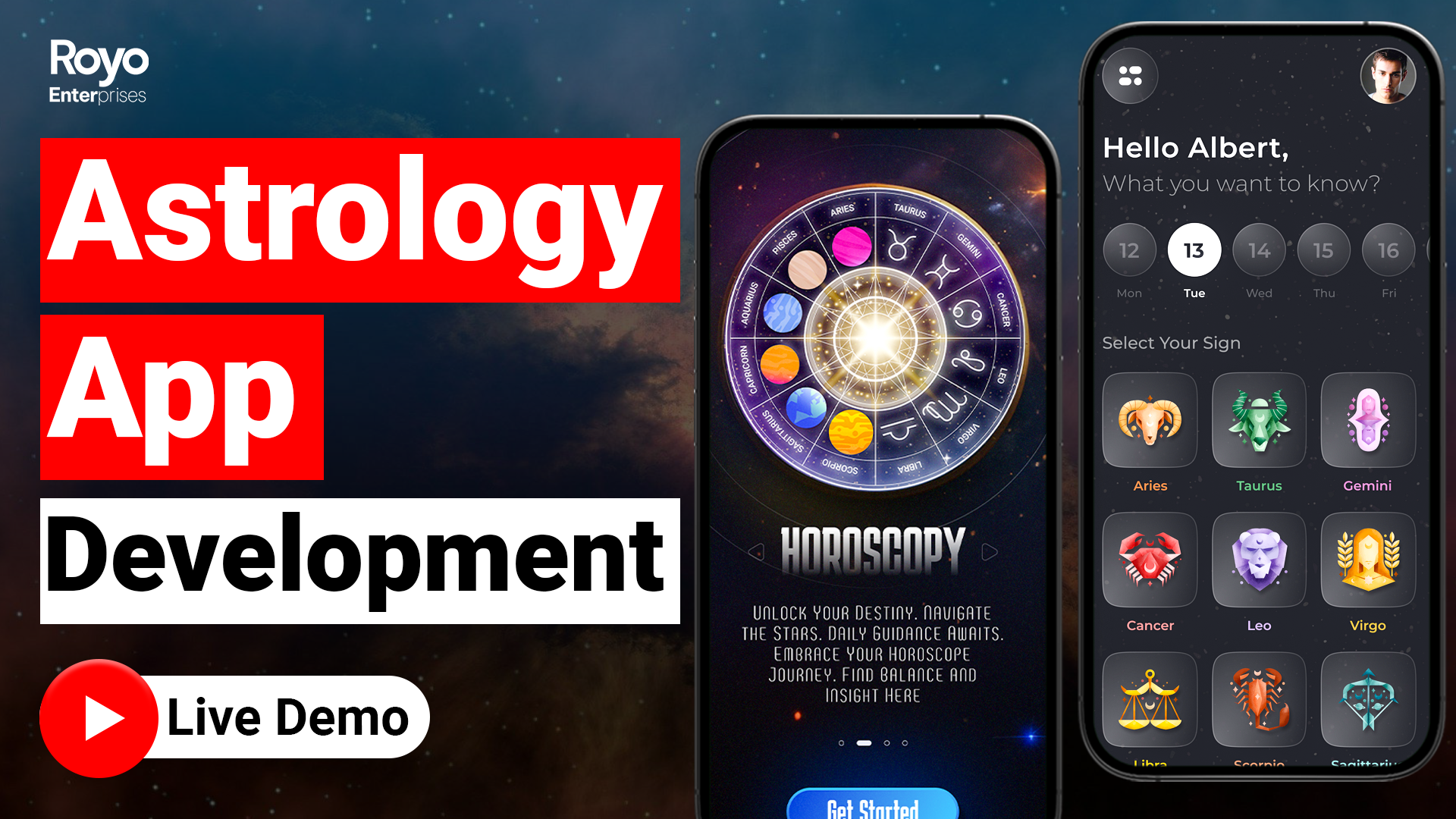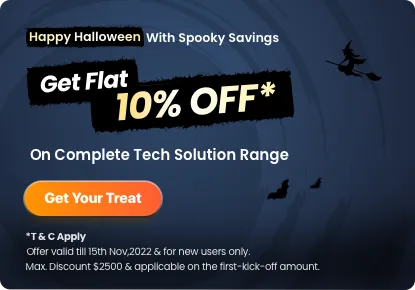Explore The Cost to Develop Food Delivery App like Zomato
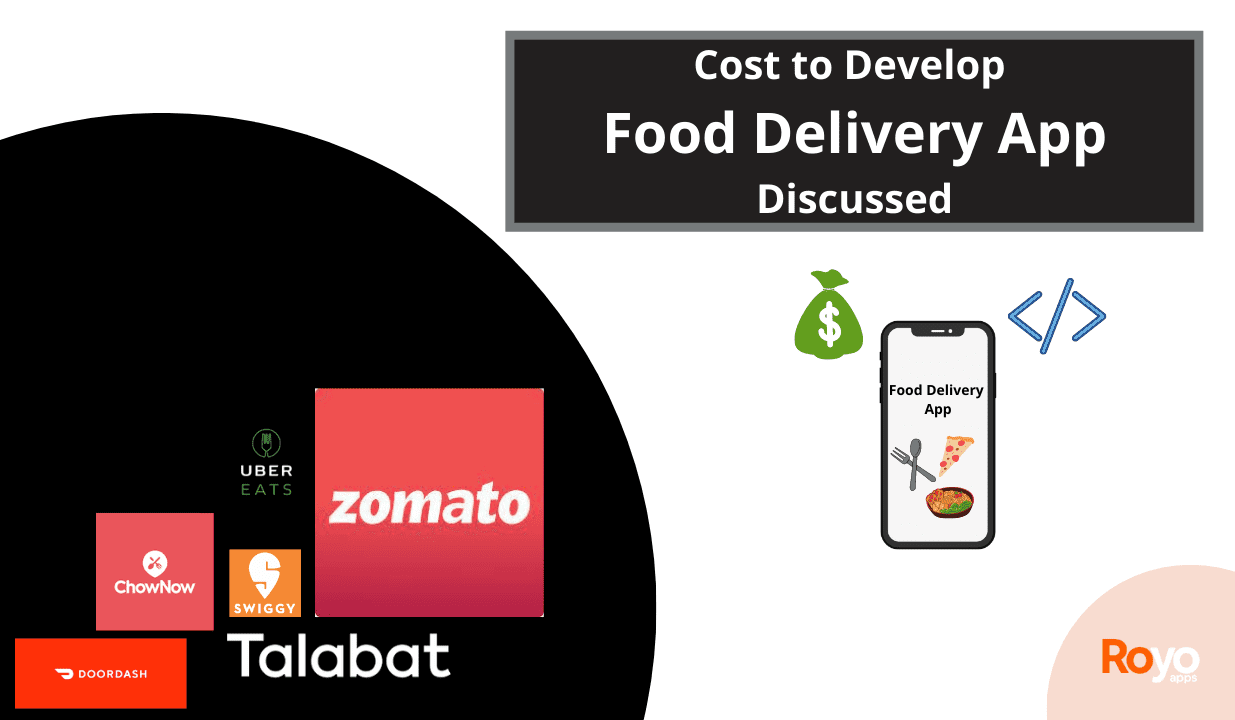
The best thing about food delivery apps is it blends two worlds into one platform – convenience and food.
This has become possible by digitizing the food ordering and delivery processes. All thanks to digitization and the mobile app development world bringing such convenience to our doorsteps. Now, no one is restricted to nearby hotels, restaurants, or eating stalls. You have the liberty to order any cuisine, anytime, anywhere.
As a result, we see the food delivery apps becoming the all be and end-all of the food delivery industry. The biggest evidence is the matchless success rate of giants like – Zomato, Talabat, DoorDash, UberEats, Swiggy, and much more.

Let’s get better insights into the food market –
- The overall revenue generation of the online food industry is expected to go beyond the US $13,988m by the end of 2022.
- The food business revenue is likely to show an annual growth rate of 11.93% (CAGR 2022-2026). As a result, we may see a market volume growth of US $21,955m by 2026.
- As of now, the food domain’s biggest revenue generation segment is restaurant to customers food delivery services with a projected growth rate of US$9,572m by the end of 2022.
- The overall user involvement in online food delivery services and businesses will be at 24.0% this year (2022).
- The average per-user revenue generation is expected to be US$41.51 in 2022.
This unbelievable growth and success rate is common to attract entrepreneurs who consider developing and launching yet another food delivery app. If you are mulling over the same, it’s time to know the overall cost to develop food delivery apps for real.
Plus the fact that such apps are easily available on PlayStore or Apple Store has made them a well-presentable business model to run and succeed. This business thought is likely to make you face a consistent question – How much it cost to make an app like Zomato and look for reasonable answers to it.
But before we unleash its answer, let’s understand the potential of this market and get some relevant insights.
Global Food Delivery Apps Market Share:
The matchless comfort of an effortless dining experience with a few clicks on your smartphone has accelerated the demand for online food delivery apps. This sudden and rapid shift to the online food delivery business has opened many gateways to better revenue generation, employment, and much more.
As per the USA Today reports, the total food delivery market growth in the United States is predicted to grow by $24.461 billion with approximately 124.4+ million users registered. The world witnessed this hike and shift, especially in & after the COVID-19 global pandemic.
All of these things bring us to the question we discussed above – What is the total cost to develop food delivery apps like Zomato, UberEats, etc.,
What is the Total Cost of Making An App Like Zomato?
From Zomato IPO to different interfaces of UberEats, there are plenty of minor and major aspects deciding the overall food delivery app development cost. But all of them may not be essential for you to evaluate the overall app cost. Thus, here we have discussed some key factors to consider.
Types of Food Ordering & Delivery Apps Available:
Even after being a part of the current mobilized restaurant approach, we are sure you may not be aware of its different business models. Here, we are talking about the different types of food ordering and delivery apps made readily available for an end-user.
However, the purpose is similar but a few operations and service approaches may vary. Before you understand the cost incurred in delivering a food delivery service app, it’s essential to sail through the different types of it.
Food delivery app with seamless logistics support –
Apps built with this business model tend to support delivery services to restaurants and hotels in the vicinity. Generally, it works as a delivery support service provider for restaurants. Here, your app will give the app user complete liberty to choose from listed eating points, dishes, cuisines, etc., and place the order. All in all, you can seek delivery partnerships with different restaurants and earn profit margins on every order delivered.
Aggregator –
It acts as an intermediate among restaurants and end-user in real-time. This app model permits your users to order food from a particular restaurant without seeking any delivery support from the app’s parent entity.
An estimated amount that you can earn by investing in such a business model application can go up to USD 121.29 per end-user (this may vary depending on the features, service area, food delivery service demand, etc.).
Note – The above-discussed app types may carry different business models but the features can be common. The overall cost will depend on the features incorporated.
Different Interfaces and Supporting Features to Enrich Your App Surfing Experience Explained:
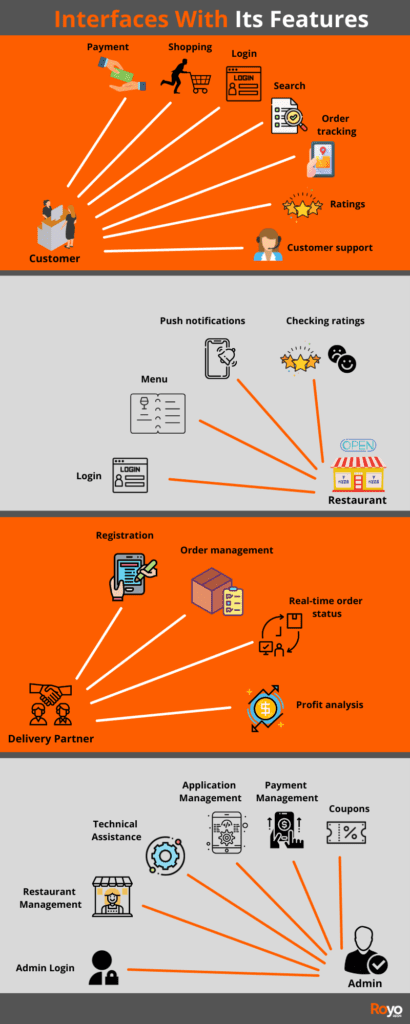
Factors Deciding the Food Delivery App Development Cost:
UI/UX:
The primary focus of such apps should be to make everything look presentable. And that’s where you should be working on all aspects of UI/UX app designs. An interactive user interface overcomes order placement and delivery tracking issues like a pro. This may include developing an interactive login or sign-up panel, adding personalized features, etc.
Payment:
The more payment gateways you add, the more it is going to cost you. Generally, such apps contain options like – debit card, credit card, PayPal, UPI, cash on delivery, etc.
GPS:
A delivery service app is obvious to have GPS technology incorporated to give real-time location updates. This feature facilities both – service providers and end-users.
Here’s a quick in-depth explanation of the total cost to develop food delivery app.
Cost Breakdown:
Developer’s charges:
Hiring an experienced developer for a food delivery app takes the maximum of your app expenses. Generally, a developer seeks $10 to $35 per hour making it a total of $100 per month approximately. However, this cost may vary based on the developer’s experience and skillset.
Development & Design:
Application configuration is all about developing and designing your final app. This involves different sets of costs including license fees, resources fees, and much more.
Testing & Deployment:
Application testing is a crucial step before final deployment. This involves the total cost of a software tester (manual or automation) and deployment cost. Additionally, there is a one-time distribution fee of $20 approximately.
Some other mandatory expenses may include
- Avg. app hosting fee: $99 per app
- Developer’s fee: $7000 approximately
- App license cost: $300 approximately
Total expenses make it a cost of $26,000 for iOS whereas $27000 for Android OS (approximately).
Required Technology Stack to Develop Food Delivery App:
From features to the interface, everything will require work on different programming languages. Here’s a quick illustration of the same.
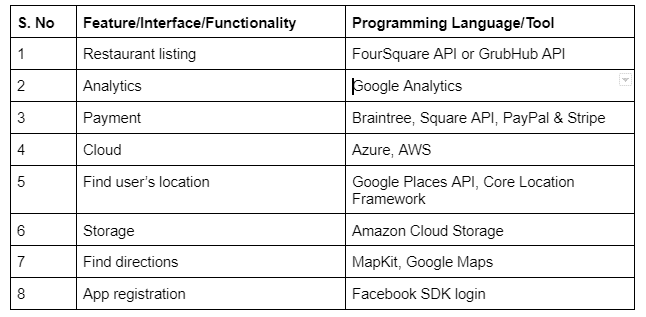
How Royo Apps Can Prove A Helping Hand Here?
When it comes to developing a food delivery application, an entrepreneur is likely to wish for maximum features in minimal spending. And that’s when a technology partner like Royo Apps can prove helpful. Thinking about how? Well, here’s your answer!
Royo Apps is a hub of base white-label applications. This means we have a static base app model ready to meet your standard requirements. All in all, we have 80% of the app model ready for you, whereas we complete the rest 20% based on your unique business requirements.
This helps businesses to save a huge amount on the app development costs and deliver the ready-to-use solution in a minimal time epoch.
So, Royo Apps welcomes you with your potential business idea. Share your expectations with us and get ready to experience a successive boom in your business growth.
The bottom line is –
Food delivery players like UberEats, Zomato, Swiggy, etc. may have taken the biggest piece of cake. Still, there is a huge scope to create new milestones for this industry. All it takes is mindfulness, culminating features that shout out for your brand and target the right audience effectively.
February 11, 2022


